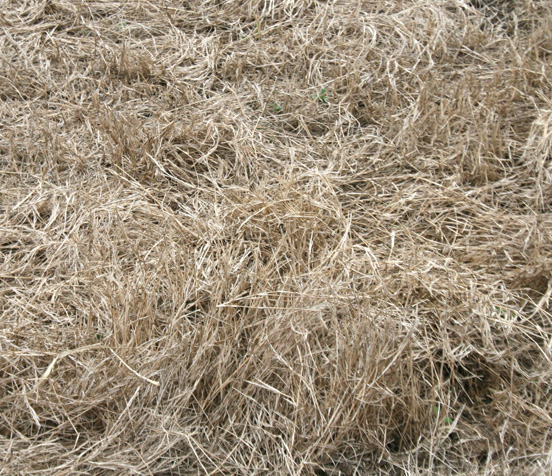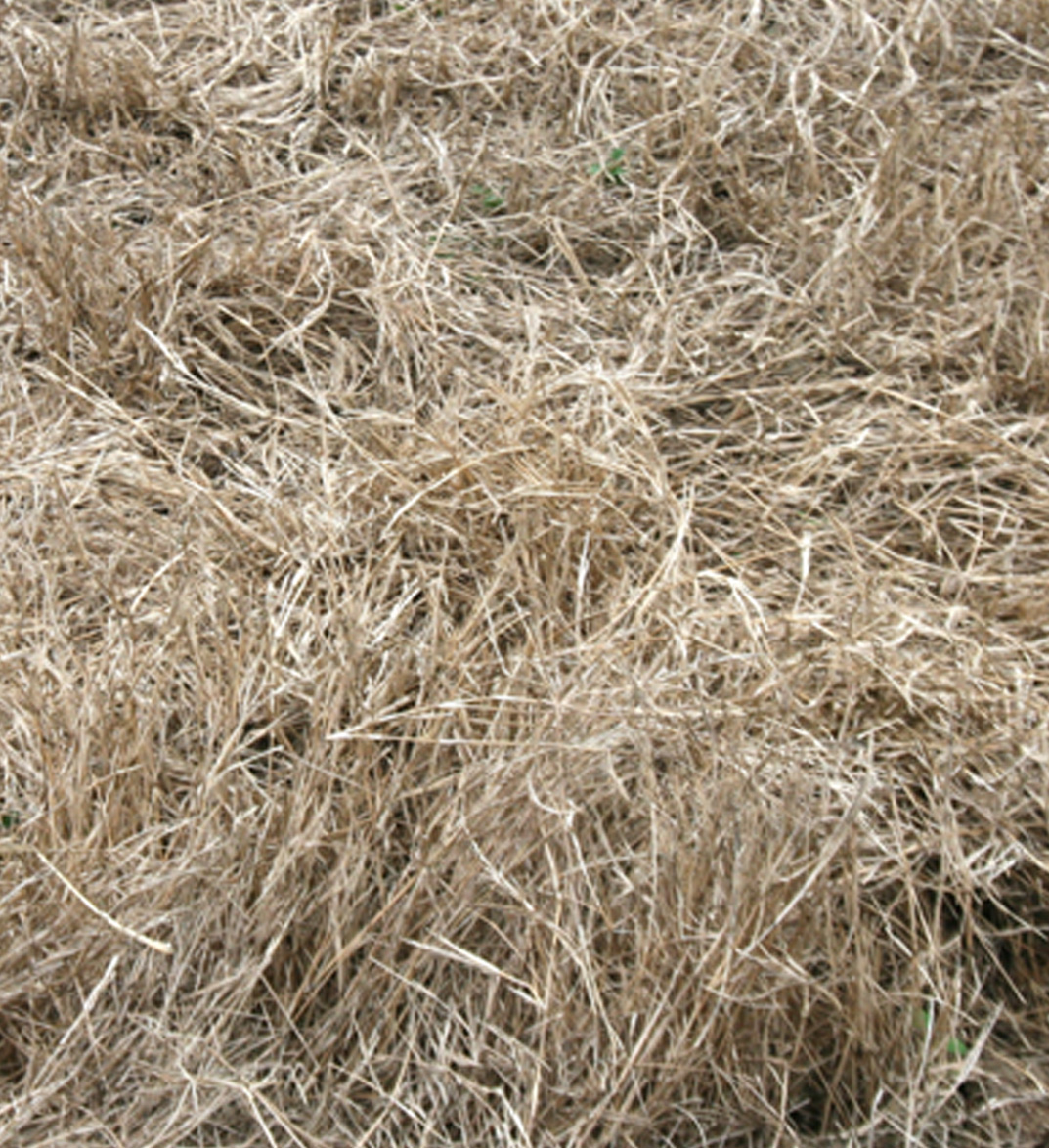High quality forage is essential to beef cattle’s nutrition and beef producers’ bottom lines, said University of Georgia Extension forage specialist Dennis Hancock.
Focusing on forage quality helps farmers keep overall costs low, he said.
“That means two things. First, it doesn’t cost as much for us to supplement and provide enough energy and nutrition to the animals that we’re trying to feed. Secondly, and more importantly, it ensures those animals are getting all of their nutritional demands met, so we have high reproductive efficiency,” Hancock said.
Growing high quality forage requires proper management on the beef producer’s part. Timely harvest is crucial, as the maturity of the crop is the primary factor affecting the forage’s fiber content and digestibility.
The amount of fiber in the forage determines how much of the forage can be consumed. The digestibility of the forage determines how much energy is available to the animal.
Hancock said beef producers should sample their forage periodically. This allows the beef producers to decide what quality of forage can be fed to each class of livestock.
Lower quality hay should be reserved for dry cows, while higher quality hay should be set aside for cows with calves. Sampling allows the beef producer to determine the different quality of feed being fed to his or her cattle.
“We recommend folks sample each lot of hay (individual cutting from an individual field). Say a producer has four fields and he harvests his hay four times per year, that’s eight different lots of hay. Naturally, through the year, some of that hay is going to be better than others,” Hancock said. “If they inventory it or have it in a barn in a certain way, and they know where it’s at, they can determine what they need to feed based on how the quality matches the livestock they’re feeding.”
A dry cow doesn’t need nearly as much energy as a lactating cow. It doesn’t make financial and management sense to feed the same forage to both, Hancock said. One animal is being overfed, while the other is being underfed.
Hancock said it can be a struggle to maintain good body condition in cattle, especially when forage quality is so low. This was the case two years ago, when Georgia experienced one of the wettest summers in recent memory. The rain delayed harvest, which resulted in more mature hay. This made its quality lower than normal.
To make matters worse, Georgia experienced a very cold and wet winter, which sharply increased the need for energy and nutrition for the cattle.
“Unfortunately, there’s a mentality that all hay is hay, that there’s not any differences. In reality, there are a lot of differences. Sometimes we can have a bad year, like we did in 2013, and the quality suffers,” Hancock said. “The only choice they have at that point, if they’re dealing with low quality forage, is to provide more supplemental energy. The problem was that feed costs were also very high at that point, too. With feeding a cow herd, emphasizing forage quality is crucial to keeping total cost low.”









